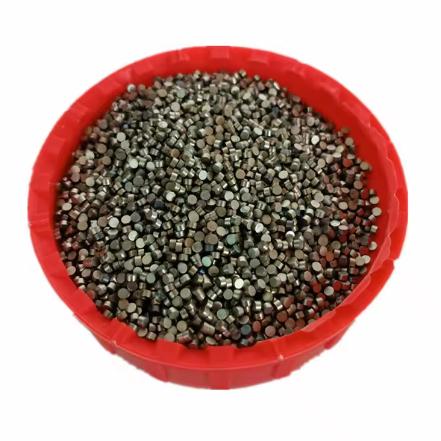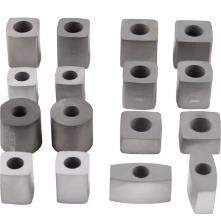**Can You Dip Any Metal in Zinc Soup? The Zinc Plating Kitchen Experiment**
(Is It Possible To Use This Method To Plate Zinc On Other Metals)
Zinc plating feels like magic. Picture dipping a rusty nail into a bubbly bath and pulling it out shiny and silver. But here’s the big question: can this “zinc soup” work on metals besides steel? Let’s grab our lab coats (or aprons) and find out.
First, know the basics. Zinc plating is like giving metal a protective jacket. You dunk steel parts in a zinc-coated bath, zap them with electricity, and voilà—a layer of zinc sticks to the surface. This jacket stops rust, fights corrosion, and makes parts look neat. But steel isn’t the only metal in town. What about aluminum, copper, or even titanium?
The answer isn’t simple. Think of metals as different ingredients. Some blend well in recipes; others don’t. Zinc loves steel because steel is “hungry” for protection. Zinc atoms bond easily with it. Now try plating zinc on aluminum. Aluminum is picky. It forms an oxide layer the moment it touches air, like a stubborn shield. To make zinc stick, you need to break this shield first. Some factories use special acids or rough up the surface. It works, but it’s extra work.
Copper is another story. Ever seen a copper roof turn green? That’s patina, and copper loves doing its own thing. Zinc can plate onto copper, but why bother? Copper resists corrosion well already. Plus, zinc might peel off over time because copper isn’t as “grabby” as steel. Still, some artists use zinc-coated copper for quirky art projects. It’s not practical, but art doesn’t care.
Now imagine titanium. This metal is the superhero of the bunch—strong, light, and rust-proof. Dipping it in zinc soup is like putting a raincoat on a fish. Titanium doesn’t need it. Even if you try, zinc might not stick well. Titanium’s surface is too smooth and non-reactive. Scientists sometimes use fancy methods like plasma spraying, but that’s a whole different kitchen.
So can you plate zinc on other metals? Yes, but with rules. The metal must “want” the zinc. Steel is the easy friend. Aluminum needs convincing. Copper and titanium? Maybe for fun or special cases. The key is surface prep. Metals need cleaning, scrubbing, or chemical treats to welcome zinc. Electricity also helps. Adjust the voltage, and zinc layers can grow thicker or thinner.
Some real-world examples prove it. Car parts use zinc-plated steel everywhere. But aerospace companies sometimes plate zinc on aluminum parts after heavy polishing. Jewelers experiment with zinc-coated brass for unique finishes. Even old iron gates get zinc dips to look new again.
Still, challenges pop up. Zinc might not stick evenly on rough surfaces. Some metals react badly with the plating bath, causing bubbles or flakes. Temperature matters too. Too hot, and the zinc layer gets lumpy. Too cold, and it takes forever. It’s like baking cookies—timing is everything.
Want to try this at home? Maybe not. Factories use controlled tanks and precise chemicals. Messing up could waste metal or create messy results. But curiosity drives science. Maybe one day, someone will invent a universal zinc glue for all metals. Until then, stick to the classics—or get creative with a blowtorch and goggles.
(Is It Possible To Use This Method To Plate Zinc On Other Metals)
Zinc plating isn’t a one-size-fits-all trick. It’s a tool. Use it right, and you armor metals against rust. Use it wrong, and you get a science fair project. Either way, the metal world stays interesting. Just remember: not every metal wants a zinc jacket. Some prefer to stay naked.
Inquiry us
if you want to want to know more, please feel free to contact us. (nanotrun@yahoo.com)


